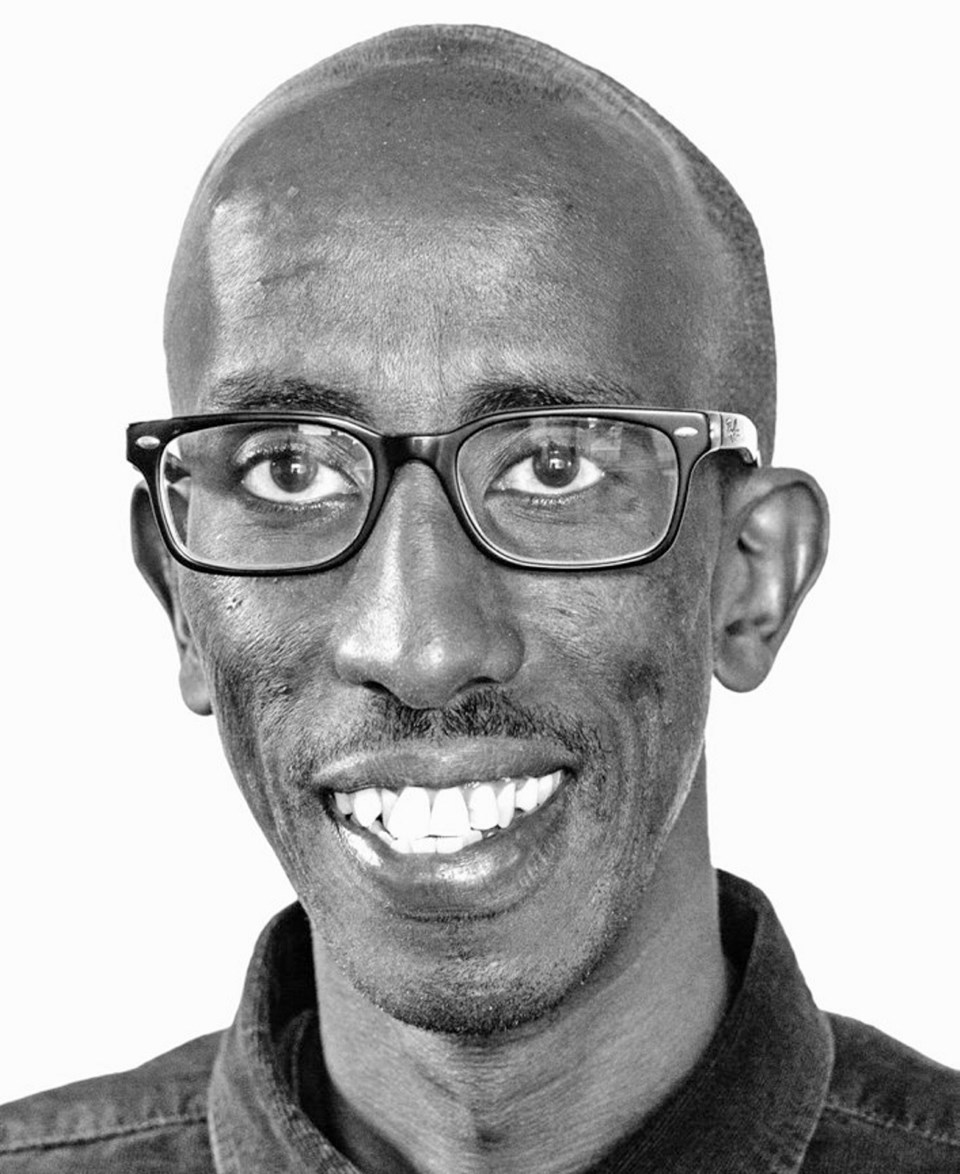As a newcomer to Canada in 2012, Victoria Coun. Sharmarke Dubow’s first impression of Indigenous people was coloured by other people’s stereotypes.
On his first day in the country, he saw a person begging on the street. It didn’t match the image he had of Canada as a country where people enjoy a high quality of life.
Orientation videos during his immigration process had shown bustling cities with tall buildings, new technology and a busy workforce.
When Dubow asked about the person on the street, his relative told him the person was “a poor Aboriginal.”
Dubow didn’t know about Indigenous people in Canada. Nothing in the orientation videos taught him about the country’s colonial history or the ways in which that past continues to shape the lives of Indigenous people.
So, he educated himself. But he’s seen other immigrants absorb the harmful stereotypes that some Canadians hold about Indigenous people.
It was Dubow’s experience as a newcomer that shaped the topic of a reconciliation dialogue hosted by the City of Victoria at the conference centre on Monday.
The third session in a series of six, the evening’s discussion examined the image Canada projects to the world and how that compares with what newcomers experience when they move here.
Dubow, a former refugee who became a Canadian citizen in 2017, hosted the conversation with Carey Newman, a local Indigenous artist whose work explores themes of reconciliation and colonialism.
The evening mixed dialogue between Dubow and Carey on stage and small-group discussions between strangers sharing a table.
Ruth and Guenter Kiechle told the others at their table that they emigrated from Austria two years ago and settled in Oak Bay with their two teenage daughters.
Before the move, Ruth consumed Canadian media — especially radio shows and podcasts in which listeners called in to voice their opinions — to get a sense of the country. In all her research, she never came across information on reconciliation.
After moving to the Island, Ruth was shocked to learn that there are communities in Canada without clean drinking water. It was a contrast to what she’d read about Canada’s strong economy and high quality of life.
“If you, for example, google the Wikipedia page of Canada in German, you can read about how rich the country is and how high the standards,” she said. “You get a totally different idea, and then you come here and you hear how many thousands of people don’t have drinking water for decades. That’s something we don’t understand.”
Ruth’s experience is similar to that of many Canadians, who grew up with a rosy picture of the country before learning about residential schools, the ’60s scoop and the disproportionate number of Indigenous children in the child-welfare system.
Janet Gray, who shared a table with Ruth and Guenter, said her image of Canada changed as she got older and learned more about how Indigenous people have been treated since Europeans arrived.
For Ruth and Guenter — and other newcomers — having conversations about these issues with Canadians can be difficult, because it’s easy to accidentally offend.
“It’s easier for us to talk about it because I don’t have relatives who have jobs that they lost due to a pipeline that might not be built, so I understand that it’s hard,” Ruth said. “But it’s difficult learning about it without talking about it.”
The goal of the dialogue series is to provide opportunities to discuss how the community can make the culture, history and lived reality of local Indigenous peoples more visible and valued in the city. The sessions build on each other and are designed to be attended as a series.
The first evening focused on Lekwungen history and culture, and the second looked at the United Nations Declaration on the Rights of Indigenous Peoples, which B.C. legally implemented in late November.
Other dialogues in the series will discuss the place of controversial historical figures, such as Sir John A. Macdonald, and what the future of reconciliation looks like. The next three events run on March 2, May 4 and July 8.
The evenings incorporate Indigenous customs, opening with a blanketing ceremony and ending with the selection of four people to act as witnesses. They’re asked to address the rest of the group to share what they’ve learned and how they’ll move forward with reconciliation in their lives.
The witnesses are presented with medallions from members of the City Family. The group — made up of the mayor, some city councillors and local Indigenous leaders — guides reconciliation work in the city.
More than 250 people attended Monday’s dialogue. Mayor Lisa Helps said in November that interest in the series had exceeded her expectations, with about 250 people already signed up to participate in the remaining events.
The city received $10,000 in funding for the series from a Ministry of Indigenous Relations and Reconciliation pilot program.
regan[email protected]



